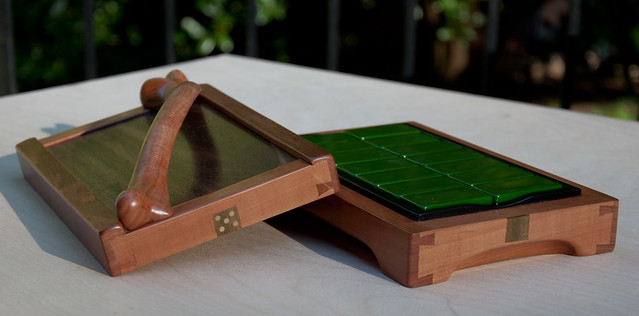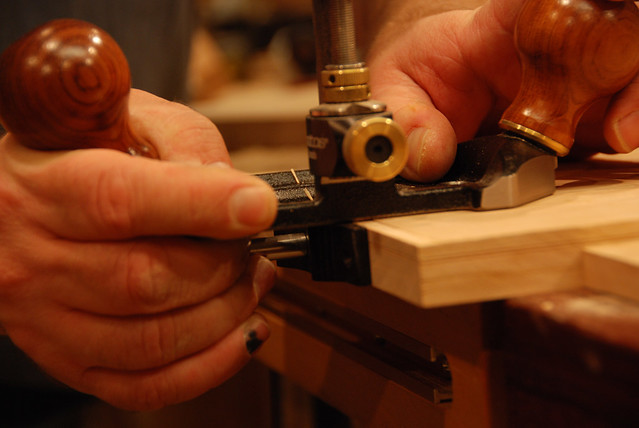I used only old irons for many years when I was in public in the Musical Instrument Maker's Shop in Williamsburg. I continue to use them. The ones that a fine,new file could BARELY cut a little worked the best for me. Nothing wrong with the old irons. Wooden planes slide more easily over the wood,too.





 Reply With Quote
Reply With Quote






